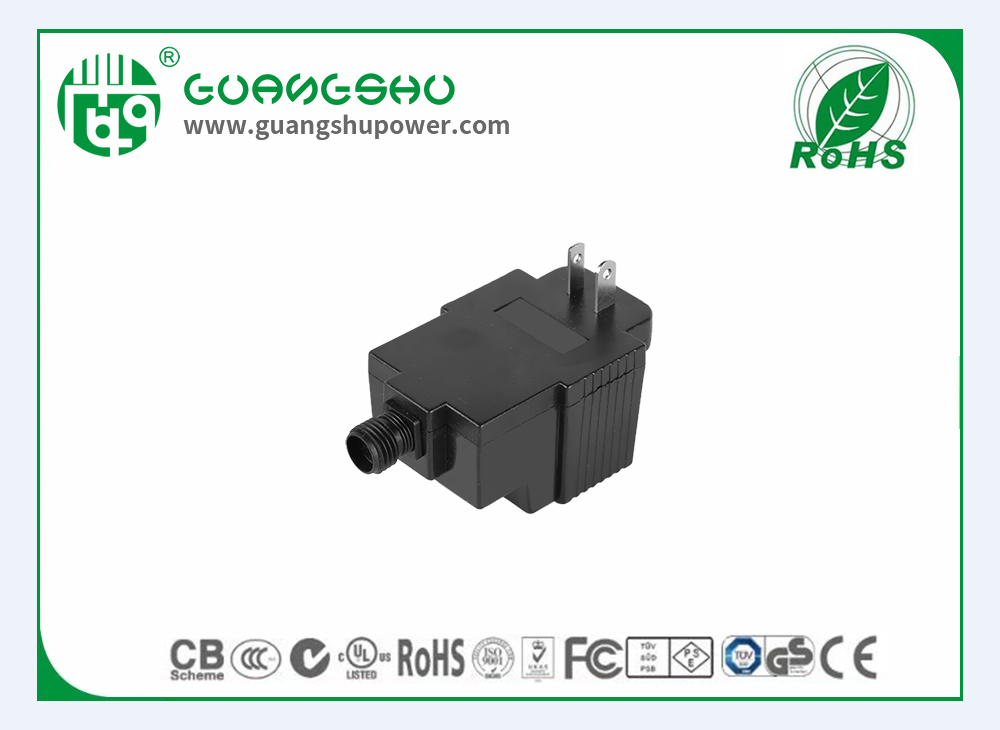Time:2025-02-22 Views:0

Power adapter plug styles vary significantly across different regions and countries, each designed to meet specific electrical standards and safety requirements. Understanding these differences is crucial for travelers, international businesses, and consumers purchasing electronic devices from abroad.
In North America, the most common power adapter plug has two flat parallel prongs, often with a third round grounding prong. This standard, known as NEMA 1 - 15 for ungrounded and NEMA 5 - 15 for grounded versions, is rated for 125 volts and 15 amperes. It is widely used in the United States, Canada, and some parts of Central America. The two - prong design is simple and suitable for many small - to - medium - sized electrical appliances. The grounding prong, when present, adds an extra layer of safety by providing a path for electrical current in case of a short - circuit, protecting users from electric shock.
In Europe, the situation is more diverse. The CEE 7/16, commonly known as the Schuko plug, is prevalent in many European countries. It has two round prongs with a special safety feature. The prongs are recessed in a way that they can only be inserted into a compatible socket when the grounding contact is made first. This reduces the risk of electric shock during insertion and removal. The Schuko system is rated for 230 volts and is designed to be more user - friendly and safer compared to some other older European plug designs.
The United Kingdom has its own unique power adapter plug. The British Standard BS 1363 features three rectangular prongs in a triangular arrangement, with a large grounding prong at the top. This plug is designed to be very robust and includes a fuse within the plug body. The fuse protects the device and the electrical circuit from over - current situations, adding an important safety measure. The UK plug is rated for 230 volts and is a symbol of the country's long - standing electrical safety standards.
In Asia, countries like Japan use a two - prong, flat - blade plug similar to the North American standard but with some differences in voltage (100 volts in Japan). China, on the other hand, has a combination of different plug types. The most common ones include a three - prong plug similar to the international standard IEC 60906 - 1, which has two flat prongs and a round grounding prong, and is suitable for 220 - 240 volts. There are also two - prong plugs in use for some smaller appliances.
The variety of power adapter plug styles around the world is a result of historical, technological, and safety - related factors. As the world becomes more interconnected, the need for multi - voltage and multi - plug - compatible power adapters is growing. Travelers often carry universal power adapters that can accommodate different plug styles, allowing them to charge their devices in various countries without the need to purchase a new adapter for each destination. Manufacturers of electronic devices also need to consider these differences when designing products for the global market, often providing adapter options or ensuring compatibility with a wide range of plug types.
Read recommendations: